In this article, I give you my in-depth comparison and performance analysis of Apple’s latest M3 MacBook Pros, encompassing the 14-inch M3 Pro and the 16-inch M3 Max. Apple’s foray into the M3 lineup has sparked considerable interest, particularly with the diverse configurations they’ve introduced. Let’s delve into the intricacies of these MacBook Pros, comparing them to their predecessors and exploring the nuanced variations in performance.

To contextualize our discussion, Apple distributed review units that covered both ends of the spectrum. We received the entry-level M3, starting at $1,599, often referred to as the model nobody should buy. However, we’re here to scrutinize whether this claim holds merit.

Additionally, we got our hands on the top-tier $4,000 M3 Max 16-inch, catering to users seeking the epitome of performance. Yet, the majority of consumers tend to gravitate toward the mid-range, and that’s precisely what we’ve focused on. Our analysis centers around the 16-inch M3 MacBook Pro, specifically the $3,500 pre-built model, and the 14-inch variant with the M3 Pro, priced at $2,399, offering a balance of power and affordability.
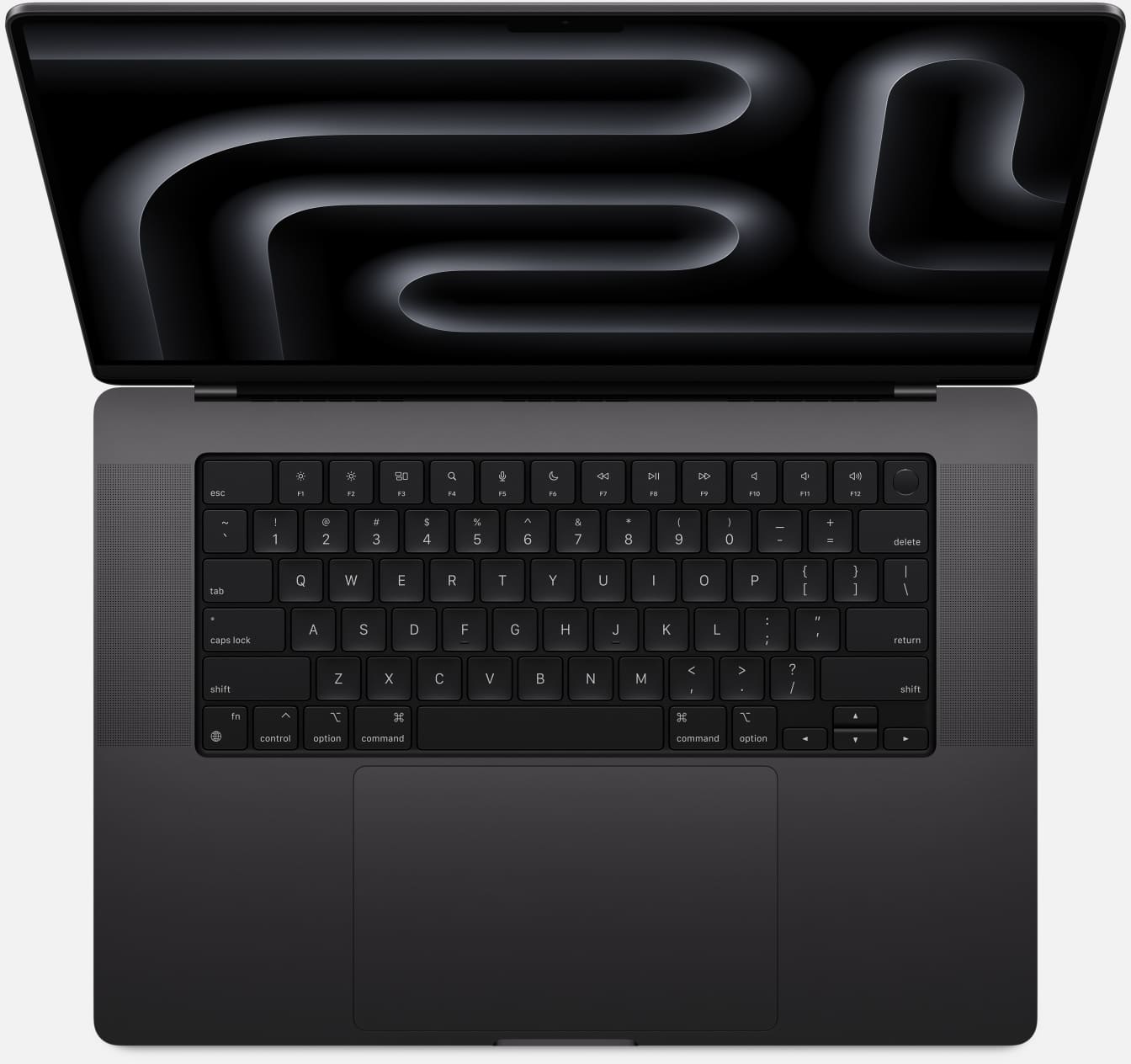
Understanding the Configurations:
Before we plunge into the performance evaluations, let’s decipher the configurations Apple has concocted for the M3 MacBook Pros. Apple’s lineup introduces some complexities, especially with the inclusion of the base model 14-inch M3. Positioned as the successor to the axed Touch Bar 13-inch MacBook Pro, this entry-level model comes with the M3 processor, delivering a more budget-friendly option. While its specs might appear modest with 8GB of RAM and a 512GB storage configuration, it serves the needs of users engaged in everyday tasks.
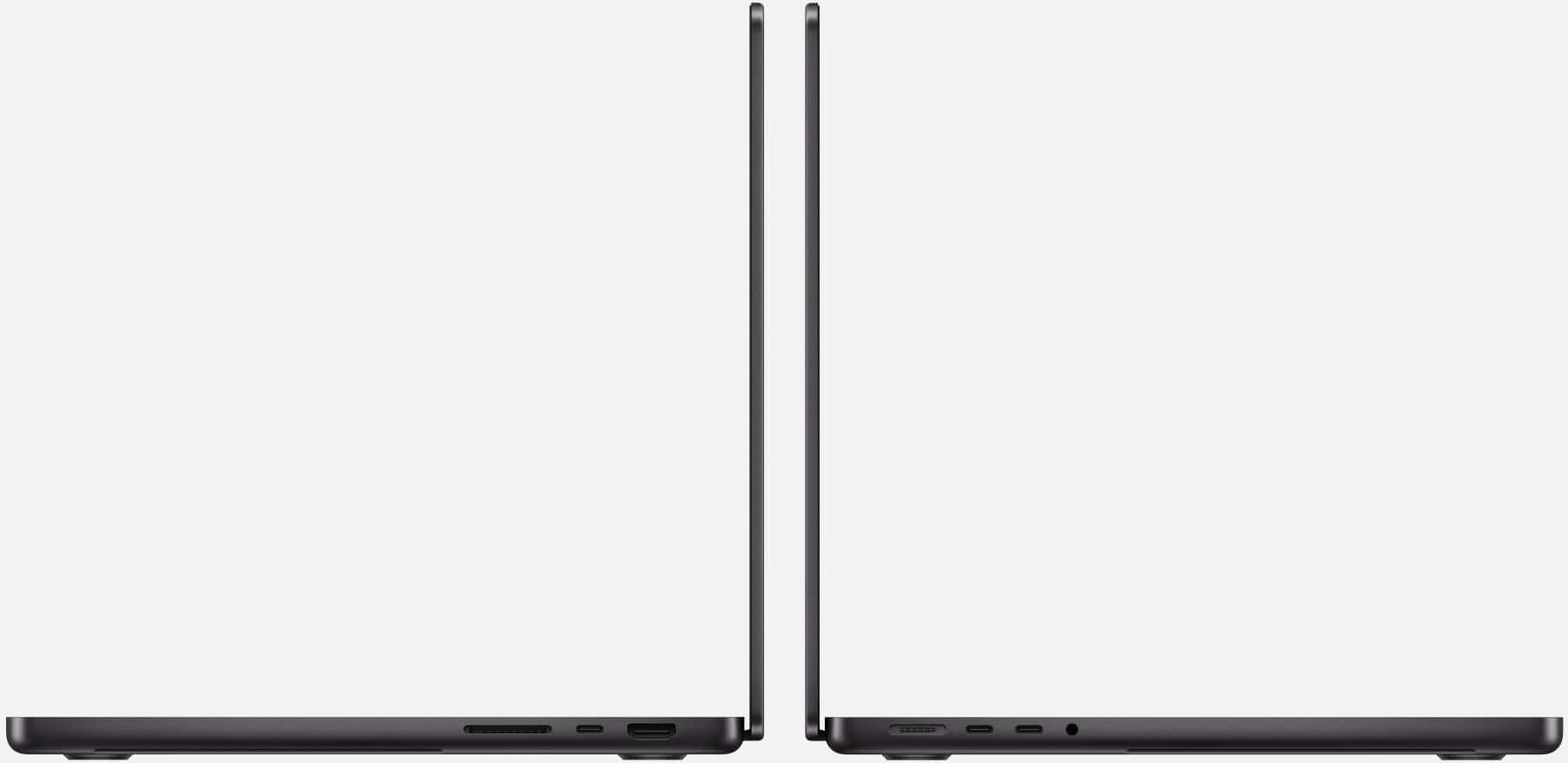
For those contemplating the 13-inch Pro, the base M3 offers an attractive alternative, provided you customize the RAM to at least 16GB. The intention behind this lower-end configuration is to maintain an appealing price point for users transitioning from the now-retired 13-inch MacBook Pro.
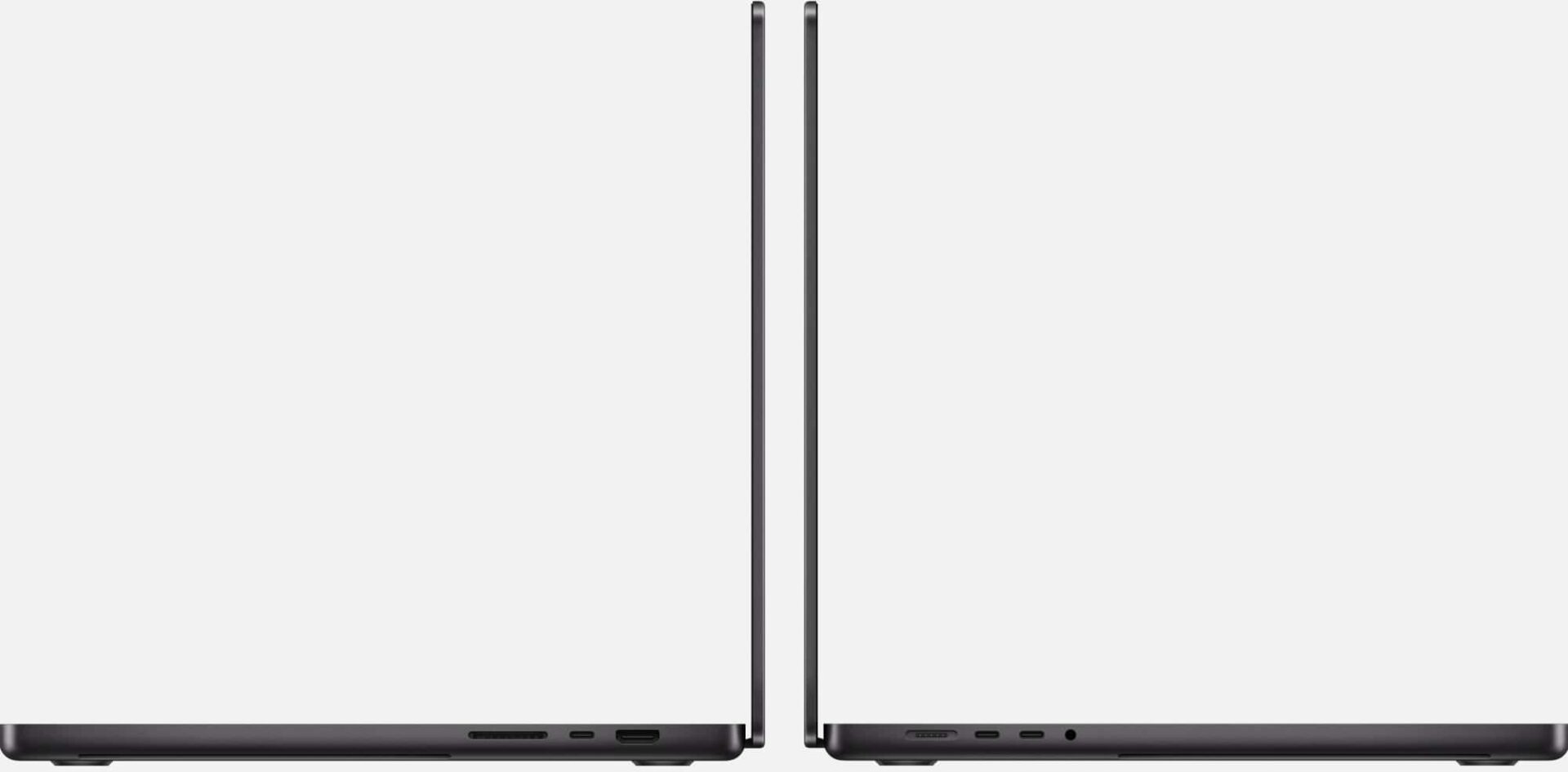
Our primary focus, however, revolves around the M3 Pro and Max configurations. The 14-inch M3 Pro, priced at $2,400, provides a substantial upgrade, offering 1TB of storage, 18GB of RAM, a 12-core CPU (comprising six performance and six efficiency cores), and an 18-core GPU. The modest upsell from the $2,000 model is justified, especially considering the doubled storage capacity.

On the other hand, the 16-inch M3 Max, at $3,500, elevates the stakes with 36GB of RAM, 1TB of storage, and a potent 14-core CPU combined with a robust 30-core GPU. This configuration promises superior performance compared to the M1 Max and even edges ahead of the anticipated M2.

Performance Benchmarks:
Now, let’s delve into the performance benchmarks, comparing the M3 Pro and Max models with their predecessors. These new M3 MacBook Pros promise a leap in capabilities, and our goal is to unravel the extent of this advancement.

Starting with the 14-inch M3 Pro, its combination of 12-core CPU and 18-core GPU delivers commendable performance. It’s well-suited for a broad spectrum of tasks, ranging from content creation to graphic-intensive applications. The 18GB of RAM complements the CPU-GPU duo, ensuring smooth multitasking and responsiveness.

The 16-inch M3 Max, with its 14-core CPU and 30-core GPU, takes performance to a new echelon. This configuration, coupled with 36GB of RAM, positions the M3 Max as a powerhouse capable of handling demanding professional workloads. It not only outpaces the M1 Max but also exhibits a tangible superiority over the anticipated M2 chip.
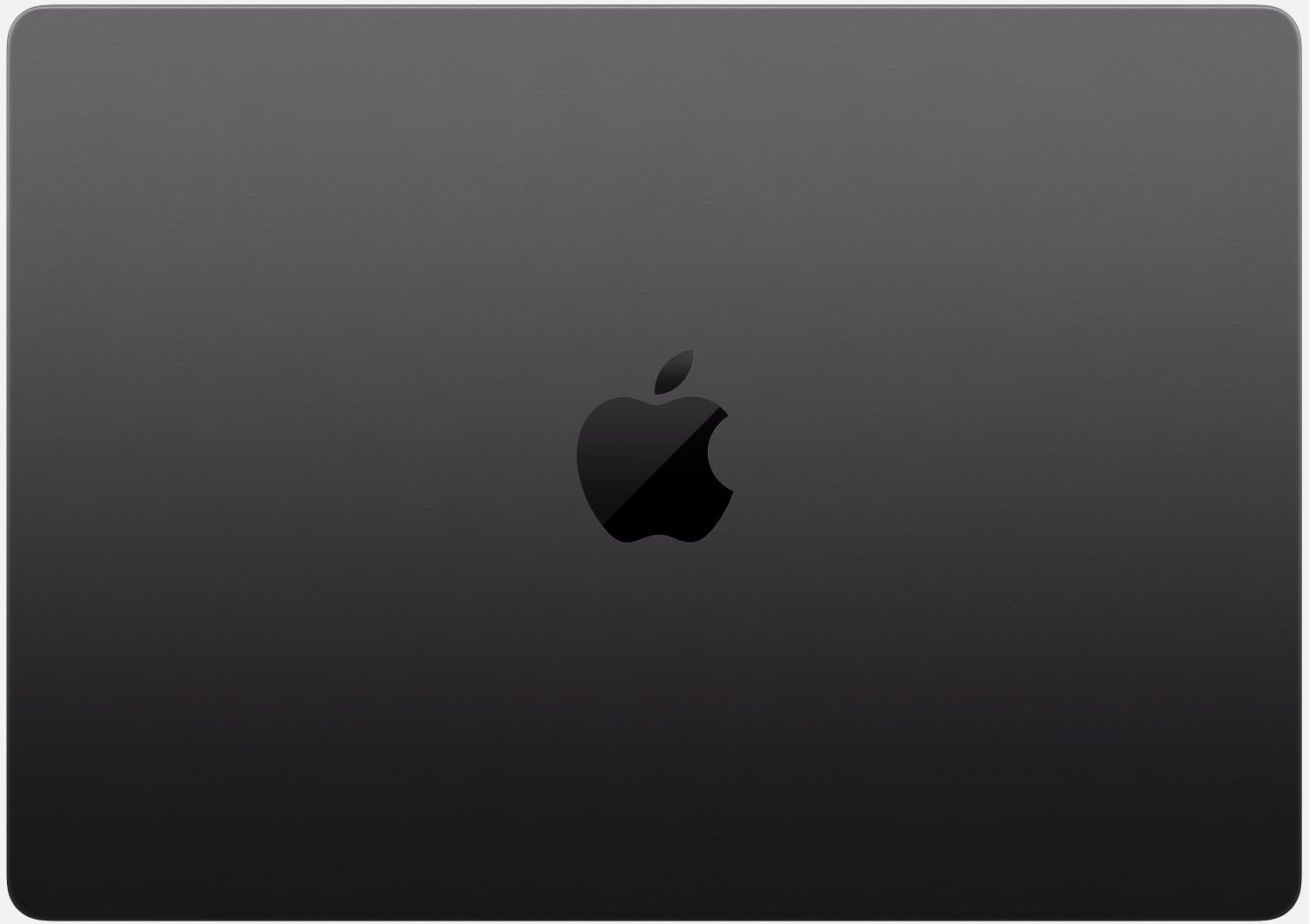
Configuration Considerations:
While dissecting the configurations, it’s essential to address the question of whether the base M3 MacBook Pro is a viable option. The internet’s consensus on avoiding the base model is partially justified. However, the stigma associated with the base model stems from its default 8GB of RAM, which can be easily remedied by opting for a higher RAM configuration at the time of purchase.
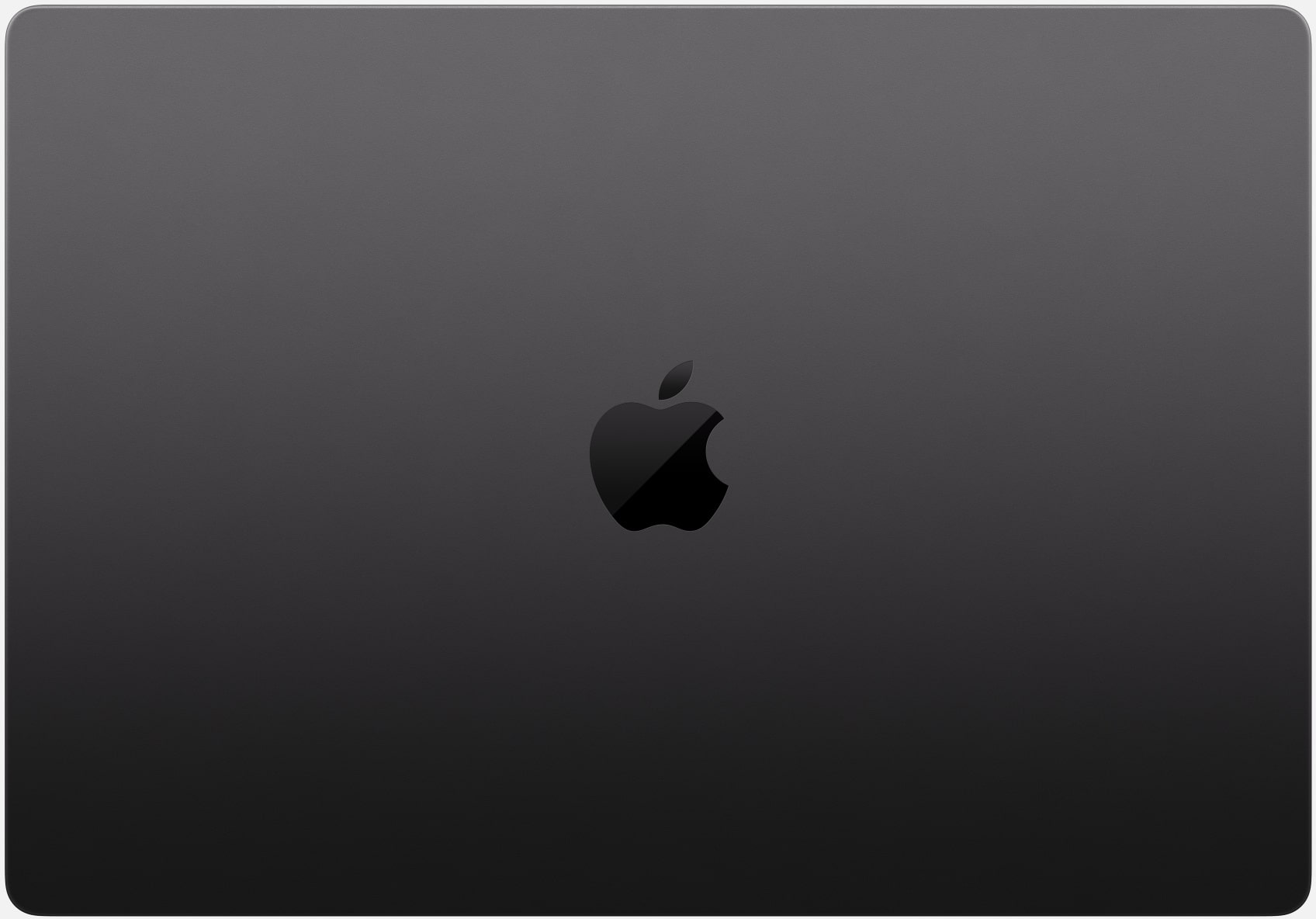
For users contemplating the 14-inch M3 Pro, the $400 premium for doubling the storage to 1TB is a sensible investment. The enhanced storage capacity contributes to a more future-proof setup, especially for users engaged in content creation or those dealing with large datasets.
On the software front, the M3 MacBook Pros leverage the macOS environment efficiently. macOS is adept at handling RAM, and users often find that the base RAM configurations are more than sufficient for general usage. It’s only when engaging in specialized professional workflows that demand extensive memory resources that users might consider higher RAM options.
Comparisons with Older Mac Models:
To contextualize the advancements introduced by the M3 MacBook Pros, let’s draw comparisons with their predecessors. The M3 Pro and Max models showcase a marked improvement over the M1 Max, exemplifying Apple’s commitment to pushing the boundaries of performance.
The 16-inch M3 Max, with its 14-core CPU and 30-core GPU, positions itself as a compelling successor to the M1 Max. The advancements in core configurations contribute to enhanced multitasking capabilities, accelerated rendering times, and superior graphics performance.
In essence, the M3 MacBook Pros not only surpass the M1 Max but also bridge the gap between the M1 Max and the anticipated M2 chip. This strategic positioning ensures that users investing in the M3 lineup can reap the benefits of cutting-edge performance without the need for immediate upgrades.
In Short:
In short, the M3 MacBook Pros, particularly the 14-inch M3 Pro and the 16-inch M3 Max, signify Apple’s commitment to innovation in the realm of portable computing. The configurations strike a balance between power and affordability, catering to users with diverse needs.
While the base M3 model might receive unwarranted skepticism, it’s essential to recognize that it can be a viable option with judicious configuration adjustments, especially in terms of RAM. The mid-range M3 Pro and the high-end M3 Max offer a potent combination of CPU, GPU, and RAM, positioning them as formidable contenders in the professional computing landscape.
As users navigate the choices between performance, storage, and budget constraints, the M3 MacBook Pros present a compelling lineup that aligns with Apple’s legacy of delivering cutting-edge technology. As the computing landscape continues to evolve, these M3 MacBook Pros stand as a testament to Apple’s commitment to redefining the benchmarks for portable computing.
Unveiling the M3 MacBook Pros: A Detailed Exploration of Incremental Advancements
Here we go through the in-depth journey into the world of Apple’s latest M3 MacBook Pros, exploring the nuances of these cutting-edge devices that mark the evolution from M1 to M3. The M series has been a paradigm shift, boasting exceptional performance, battery life, and thermal efficiency. However, with incremental updates, the question arises: is it a revolutionary leap, especially for those already equipped with the M2 processor?
Setting the Stage: M1 to M3 Transition
When the M1 processor made its debut, it was hailed as a game-changer in computing. The ARM architecture, coupled with impressive battery life and thermal management, catapulted Apple’s silicon to the forefront. Now, as we navigate through M1, M2, and into M3, expectations are high. However, if you anticipate an earth-shattering reason to upgrade from the M2, only recently released, the M3 might not be the quantum leap you envision.
The performance jump from the M1 Max, a commendable processor in its own right, is indeed significant. Yet, the pressing question remains: will this make a noticeable difference to the average user? To answer this, we’ll delve into the details, considering tasks ranging from video editing to 3D rendering and gaming.
Addressing the Need for Speed: Performance in Professional Workflows
For tasks like ProRes 422 4K video editing, graphic design, and effects, the M1 Max and M1 Pro already excel. Stepping up to the M3 Pro or Max might border on overkill for those who engage in typical professional workflows. However, for individuals immersed in more demanding tasks, such as managing eight-camera footage in the broadcast industry or working with intricate 3D models, the M3 lineup starts to make sense.
The standout improvement in the M3 series lies in 3D graphics. A critical area where the M1 and M2 faced some challenges, the M3 promises to be a game-changer. With features like mesh shading, ray tracing support, and up to twice the speed for 3D rendering, the M3 line showcases its prowess. Applications like Blender 4.0 beta, Redshift, and Cinema 4D exhibit tangible improvements, making the M3 a compelling choice for professionals in animation, concept artwork, and 3D modeling.
Gaming and Beyond: M3’s Impact on Larger Screens
As Apple emphasizes gaming, envisioning titles like Resident Evil on iPhones, the M3 architecture brings forth intriguing possibilities for M3 iPads and M3 Macs. The larger screen real estate provides an enticing gaming experience, potentially boosting developer interest in creating AAA titles for the Mac. The M3’s gaming performance, exemplified by smooth gameplay in titles like Resident Evil Village and Baldur’s Gate 3 at near 4K resolution, opens avenues for expanding the Mac’s gaming ecosystem.
Benchmark Insights: Unraveling the Numbers
To gauge the M3’s performance objectively, we turn to benchmarks. Graphics Bench Aztec Ruins, though infrequently updated, offers a glimpse into the M3 Pro’s capabilities, positioning it similarly to an RTX 3070 at 1440p. Geekbench 6 demonstrates the M3 Pro’s prowess, outperforming the M1 Max and aligning with the performance of a late-generation Intel Core i7-H Series processor. Moving to Cinebench, the M3 Max’s 30-core GPU showcases a nearly twofold improvement over the M1 Max’s 32-core GPU in Cinebench 2024.
Despite these significant improvements, transitioning from an M1 Max to an M3 Max may not yield a massive leap in performance. This nuance becomes apparent in benchmarks like 3D Wildlife Extreme Unlimited, emphasizing the need for careful consideration based on individual use cases.
Navigating Real-World Performance Gains
The M3 MacBook Pros, particularly the 14-inch M3 Pro and the 16-inch M3 Max, embody Apple’s commitment to refining portable computing. While the leap from M1 to M3 isn’t revolutionary for everyone, it undeniably caters to professionals engaged in resource-intensive tasks like 3D rendering and gaming.
The M3 series brings a significant boost in 3D graphics, addressing a previous shortcoming and making it a potent contender in the professional workstation space. Whether you’re editing videos, creating animations, or venturing into high-end gaming, the M3 MacBook Pros are well-equipped to handle the demands of modern workflows.
As we navigate these incremental advancements, it’s crucial to align the M3’s capabilities with your specific needs. For users already equipped with an M2, the decision to upgrade may hinge on the nature of tasks performed daily. Ultimately, the M3 MacBook Pros stand as a testament to Apple’s commitment to pushing the boundaries of performance, setting the stage for a new era in portable computing.
Unveiling the Remarkable Competitor, the Razer Blade 14: A Triumph Over PC Norms
The Razer Blade 14, equipped with the latest AMD Ryzen 9 processor and RTX 470 is the best competitor to Apple’s new laptops. What’s truly intriguing is its showdown with our M3 Max, boasting a 30-core GPU that outshone the competition in the Wildlife Extreme Unlimited benchmark. Take that, PC enthusiasts! As we dissect the intricacies of these machines, we’re not just dealing with mere specifications; we’re entering a realm where performance and design converge to redefine user experiences.
Performance Battles: M3 Max vs. Razer Blade 14
In the arena of raw power and graphical might, the Razer Blade 14 steps up with an AMD Ryzen 9 processor and RTX 470. However, our M3 Max, armed with a 30-core GPU, emerges victorious in the Wildlife Extreme Unlimited benchmark. This victory signals the prowess of Apple’s M3 architecture, challenging preconceived notions about PC superiority. As we navigate the landscape of feeds and speeds, it becomes evident that the middle-tier machines are formidable contenders in the performance race.
Design Consistency and Port Layout: A Familiar Landscape
The design ethos remains consistent with the previous generation of MacBook Pros. The port layout, unless opting for the new 14-inch base model that sacrifices one Thunderbolt port, remains unchanged. HDMI 2.1 is a welcome addition, enabling compatibility with high-refresh displays.
However, peculiarities arise in the RAM configurations, with the base M3 Max capping at 24GB, while the M3 Pro, irrespective of size, maxes out at 36GB. Unusual numbers aside, those with insatiable RAM needs can scale up to a whopping 128GB, exclusively available on the M3 Max. Storage options extend from 512GB to a capacious 8 terabytes, but the latter is exclusive to the M3 Max.
Display Connections: A Multifaceted Approach
The 14-inch M3 and the base model permit connection to one external display. Stepping up to the M3 Pro unlocks the ability to connect two external displays, while the M3 Max takes the crown with support for up to four external displays, boasting refresh rates of up to 240Hz and compatibility with 8K displays. This flexibility caters to the diverse needs of users, especially those navigating complex multi-monitor setups. The display technology remains unchanged, featuring Retina XDR mini-LED displays with a vibrant P3 gamut. The brightness has received a boost, now reaching 600 nits in SDR and an impressive 1,600 nits peak brightness in HDR mode.
Aesthetics: The Advent of Space Black
In a noticeable departure from the previous lineup, Apple introduces space black, bidding farewell to space gray. The new color variant, though often hailed for its fingerprint resistance, leans more towards a deep space gray than absolute black. Aesthetically pleasing, the space black option does show dust, akin to any dark-colored device. For those who value a pristine appearance, the silver variant remains an alternative worth considering.
Battery Life: An Oasis of Efficiency
Efficiency takes center stage in the M3 MacBook Pros, exemplified by their exceptional battery life. Apple’s commitment to efficiency is evident in the addition of up to three hours of claimed battery life. Real-world scenarios, such as using the 14-inch M3 Pro for everyday productivity and streaming, showcase astounding results – after an hour and a half, the battery still stood at an impressive 100%. This efficiency sets the M3 MacBook Pros apart, offering double the battery life compared to many Windows counterparts, whether in the Ultrabook or gaming laptop category.
Thermal Management and Noise: Silent Efficiency
One of the most delightful aspects of the M3 MacBook Pros is their impeccable thermal management. Despite their powerful CPUs, the devices maintain low noise levels, providing an enjoyable gaming experience without the need for drowning fan noise with headphones. Apple strategically tunes the fan operation, allowing CPU temperatures to run high without compromising user comfort. Even during resource-intensive tasks, the temperature remains well-managed, ensuring a user-friendly experience without the risk of discomfort.
Performance and Portability: Unrivaled Harmony
The harmony between performance and portability is a defining feature of the M3 MacBook Pros. Unlike their Windows counterparts, these devices maintain consistent performance levels whether plugged in or running on battery power. This feature is particularly valuable for those who wish to engage in gaming or resource-intensive tasks on the go without sacrificing performance. Even in demanding scenarios, such as the 16-inch M3 Max handling heavy workloads, the battery life impressively hovers around 6-7 hours – a stark contrast to the approximately 2 hours on a Windows laptop with similar capabilities.
Quick Comparison: Apple 14-Inch M3 Pro MacBook Pro vs. 16-Inch M3 Max MacBook Pro
As Apple continues to elevate its MacBook Pro lineup, users are confronted with enticing choices. The 14-inch M3 Pro and the 16-inch M3 Max represent the epitome of Apple’s technological prowess. In this comprehensive comparison, we’ll dissect the nuances of these two powerhouses, weighing their respective strengths and helping you make an informed decision tailored to your specific needs.
1. Display Dimensions and Resolutions:
14-Inch M3 Pro: The compact form factor of the 14-inch M3 Pro caters to users seeking a balance between portability and screen real estate. With a Retina XDR mini-LED display, users can revel in high resolution and vibrant color reproduction. This model offers a sweet spot for those desiring robust performance without sacrificing portability.
16-inch M3 Max: The larger 16-inch M3 Max, on the other hand, caters to professionals and creatives who demand an expansive canvas. With a bigger display, users gain a more immersive visual experience, making it ideal for tasks such as video editing, graphic design, and content creation. The Retina XDR display ensures exceptional clarity and color accuracy.
2. Performance Prowess:
14-inch M3 Pro: Armed with a 12-core CPU (six performance and six efficiency cores) and an 18-core GPU, the 14-inch M3 Pro is no slouch in the performance department. Whether you’re tackling everyday tasks or engaging in creative endeavors, this model delivers a commendable balance of power and efficiency.
16-inch M3 Max: Stepping up the game, the 16-inch M3 Max boasts a 14-core CPU (eight performance and four efficiency cores) and a 30-core GPU. This configuration is tailored for professionals and power users who demand unparalleled performance for resource-intensive tasks like 3D rendering, video editing, and gaming.
3. RAM Configurations:
14-inch M3 Pro: The M3 Pro offers a RAM configuration that scales up to 36GB. This accommodates a range of multitasking needs and ensures a smooth user experience, making it suitable for professionals handling moderately demanding workloads.
16-Inch M3 Max: Catering to the demands of power users, the 16-inch M3 Max allows configurations of up to 128GB of RAM. This expansive memory capacity is a boon for professionals engaged in tasks that demand extensive multitasking capabilities and memory-intensive applications.
4. Storage Options:
14-Inch M3 Pro: The storage options for the M3 Pro range from 512GB to 8TB, providing users with flexibility based on their storage needs. This ensures ample space for applications, media files, and creative projects.
16-Inch M3 Max: Exclusive to the M3 Max, users can opt for storage capacities ranging from 512GB to an impressive 8TB. This tiered storage system allows users to align their storage needs with their performance requirements, ensuring a seamless user experience.
5. External Display Connectivity:
14-Inch M3 Pro: With the ability to connect two external displays, the 14-inch M3 Pro provides users with a versatile workspace setup. This is a valuable feature for professionals who rely on multiple monitors for enhanced productivity.
16-inch M3 Max: Taking connectivity to the next level, the 16-inch M3 Max supports up to four external displays. This is a game-changer for professionals in fields such as video editing, 3D rendering, and multitasking, providing an expansive and immersive digital workspace.
6. Battery Life:
14-Inch M3 Pro: Apple’s emphasis on efficiency shines in the M3 Pro’s battery life, offering up to three additional hours compared to previous models. This efficiency ensures prolonged productivity and entertainment sessions on a single charge.
16-inch M3 Max: The larger 16-inch M3 Max, despite its robust performance capabilities, maintains an impressive balance between power and battery life. Even during demanding workloads, users can expect a commendable 6-7 hours, surpassing the standards set by many Windows counterparts.
7. Thermal Management and Noise:
14-inch M3 Pro: Apple’s meticulous tuning of fan operation ensures that the M3 Pro maintains low noise levels. The thermal management keeps temperatures in check, providing a comfortable user experience even during prolonged usage.
16-Inch M3 Max: The thermal management and noise control on the 16-inch M3 Max are exemplary. Despite the heightened performance capabilities, the device remains quiet, and the efficient cooling system prevents discomfort during extended usage.
8. Aesthetic Choices:
14-inch M3 Pro: With the introduction of space black, the aesthetic choices for the M3 Pro have expanded. Users can opt for this sleek and dark variant, which strikes a balance between fingerprint resistance and a sophisticated appearance.
16-inch M3 Max: The space black option, exclusive to the M3 Max, introduces a new visual element to the MacBook Pro lineup. While praised for its resistance to fingerprints, users should note that it may exhibit dust more prominently than its silver counterpart.
Conclusion: Choosing the Ideal MacBook Pro for You
In conclusion, the choice between the 14-inch M3 Pro and the 16-inch M3 Max boils down to your specific needs and preferences. The 14-inch model caters to those who prioritize portability without compromising on performance, making it an excellent choice for a versatile user base. On the other hand, the 16-inch M3 Max targets professionals and power users who demand top-tier performance for resource-intensive tasks and a larger display for immersive experiences.
Whether you lean towards the compact and powerful 14-inch M3 Pro or the robust capabilities of the 16-inch M3 Max, both models encapsulate Apple’s commitment to delivering cutting-edge technology and seamless user experiences. Your decision hinges on factors such as display size preference, performance requirements, and your professional or creative endeavors. Either way, you’re poised to experience the epitome of Apple’s innovation in the MacBook Pro lineup.
The Verdict: Evolutionary Advancements with an Apple Touch
In the grand tapestry of technological evolution, the M3 MacBook Pros stand as a testament to Apple’s commitment to pushing boundaries. While the leap from M1 to M3 may not be groundbreaking in every aspect, it undeniably introduces incremental advancements, particularly in the realms of 3D graphics and efficiency.
As we navigate the landscape of portable computing, the M3 MacBook Pros emerge as versatile powerhouses, challenging the norms and redefining user expectations. The battle against PCs is not just about specifications; it’s about the seamless integration of design, performance, and efficiency. The M3 MacBook Pros are not merely devices; they are gateways to a future where power, aesthetics, and user-friendly experiences converge in unparalleled harmony.

